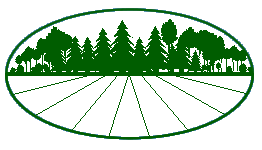Woodlot Association of Alberta
c/o Olson Office Management
P.O. Box 303
Beaverlodge, AB
T0H 0C0

Woodlot Association of Alberta
c/o Olson Office Management
P.O. Box 303
Beaverlodge, AB
T0H 0C0
Species
First of all, you will want to know the species of trees growing on your woodland as well as age, density and location.
Identification and silvics of softwood and hardwood trees in Alberta is available online or through the mail in:
Other online tree identification resources include:
Trees Beneficial to Wildlife
Trees that are particularly beneficial for wildlife include:
Tree Preservation
Timber Value
(Merchantable & Pre-Merchantable)
Depending on the trees in your woodlot and your own particular management goals and objectives, you may require more detailed information about timber growing on your land.
Cruising your woodland involves estimating the quantity (volume) of wood in forest stands according to species (or species groups), age, size, quality, potential products, et cetera.
Identifying and assessing resources on a woodlot can be complex. Professional advice and expertise is available from Forestry Consultants located throughout the province.
Resources
Images of Tree Species
- Online
Faculty of Forestry & Environmental
Management
University of New Brunswick
Photo Archive - Great Lakes Forestry Centre
- Online
Natural Resources Canada